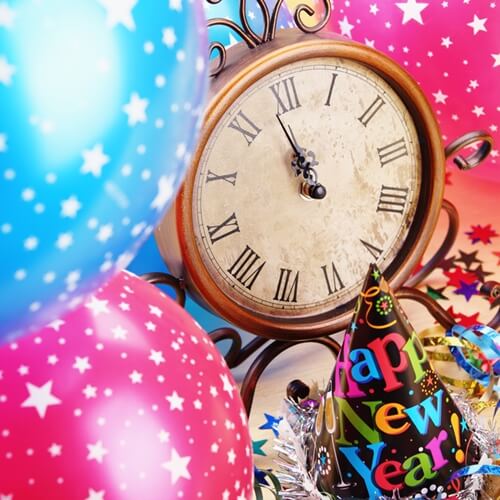Lucky New Year’s foods
With New Year’s comes a fresh start. People make resolutions and celebrate with many traditions, like champagne, noise makers, giant dragon puppets and more. Some cultures firmly believe that what you eat on New Year’s will affect your coming year. Learn about some New Year’s food traditions here:
Meat
Because of religious traditions that forbid followers from eating red meat, fish is a popular choice on New Year’s. Since the middle ages, cod has been a traditional NYE food because it is easy to catch and stays fresh over transport. Italians eat baccala (dried salt cod) and Danish people eat boiled cod. Pickled herring is another traditional fish that is eaten in Poland and Germany. Japanese and Swedish people eat a variety of seafood with hopes that it brings them fertility, long life and god harvests.
Pork is a common New Year’s feast item in Portugal, Hungary, Austria, Spain and Cuba. Often it’s roasted and some times feasters enjoy with sausages or pig feet. Austrians sometimes decorate their tables with miniature marzipan pigs. Because the animal moves forward and roots itself to the ground it is thought of as an animal that symbolizes progress.
Greens
In many countries, eating greens on NYE is a must. The color and texture symbolize money and prosperity in the year to come. Popular options include kale, cabbage and collard greens. Legumes like green beans, lentils and peas are also common as they not only represent cash with their coloring but also have coin-like seeds.
Desserts
Use the skills you’ve learned while studying the baking and pastry arts to make a lucky cake this New Year’s. Often, people make circular baked goods to signify good luck during this holiday. Hungary, Poland and the Netherlands eat donuts. Italians enjoy chiacchieres, balls of pasta dough that are fried and drenched in honey and then sprinkled with powdered sugar. People from Holland often have ollie bollen, pastries that are filled with apples, currants and raisins and look like donuts. Some cultures hide things inside their celebratory pastries. In Norway and Sweden, a nut is hidden in the almond rice pudding and the person who finds it is guaranteed good luck for the coming year.
Greeks enjoy vasilopita, a round cake that has a coin inside. At midnight or after the New Year’s Day meal, they cut the cake. The first piece is set aside for St. Basil and the rest are doled out to attendees according to age. The person who gets the piece with the coin is said to have good fortune. In Scotland their cake tradition is a little different. Many Scottish people believe that the first person to enter their home after the clock strikes midnight determines how the coming year will play out. Often people will bring symbolic gifts like oat cakes or fruit cake to ensure the household will always have food in the new year. They also may bring coal so that the home is always warm.


